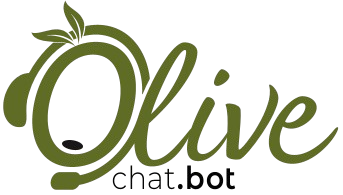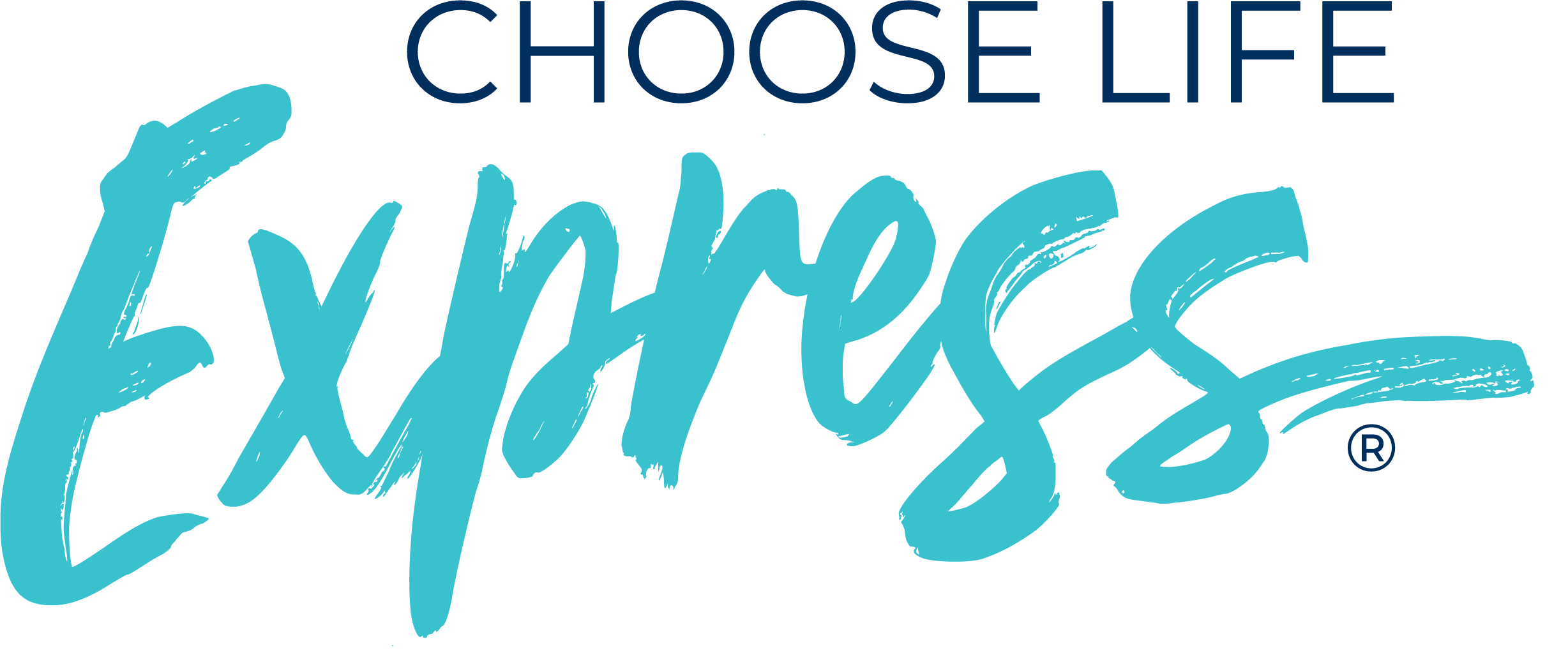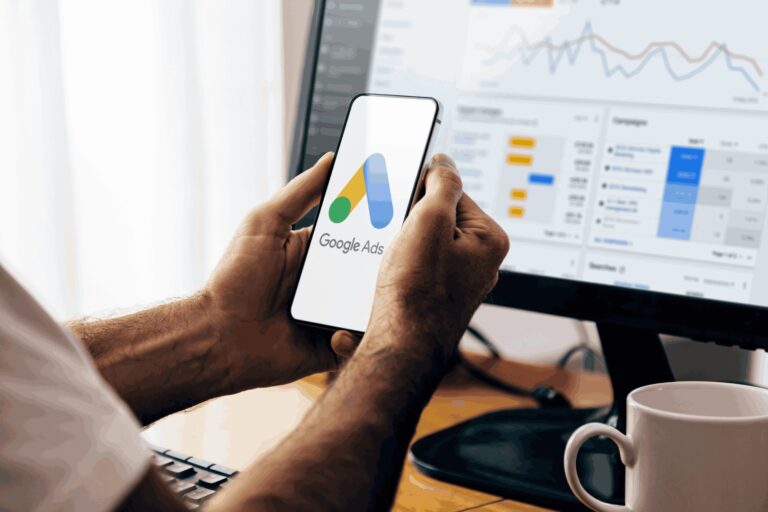Through any financial ask that you do, you are the connector – sharing powerful stories and updates that point people back to the mission and vision of your center, reminding them that they are a vital part of your mission through their financial support. Their donations are an essential piece to the success of your center. As God moves people to partner with you financially, it enables you to serve more women and their babies, changing and saving more lives.
As we reach the middle of summer, it’s already time to start thinking about your year-end donor marketing campaign. Let’s talk about what you can do to make sure you are reaching the maximum number of donors, attaining and even exceeding your end of year financial goals!
When Should You Start?
Ideally, you will want to begin planning now. This may seem early, but there are so many factors that go into creating a successful online fundraising campaign. We will delve into detail on marketing tactics, but the most important thing for you to think about first is your plan.To help create your plan, you should be asking yourself and your development team a few key questions:
- How much do we want to raise?
- How will we reach our donors?
- What tactics will we employ?
- How long does each tactic take to be effective?
- What has worked well for us in the past?
You can look at what worked well in the past and what can be improved so you can optimize this upcoming campaign. It will also be helpful to create a marketing calendar that includes dates for when you will begin certain tactics, such as emails, social media posts and personal contacts with certain donors.
This might seem like a lot to manage, but the success of this campaign depends on your preparation. Many of you have major fundraising events in September and October. Take those into consideration as you plan the beginning of your year-end campaign. The best time to begin year-end efforts is in November. For those of you who participate in Giving Tuesday, an important date to remember is December 3rd. You will want to start your campaign at least a few weeks before that date.
Combining Email & Facebook Ads
Emails
As you set to send out your emails to donors, make sure your email list is up to date and ready to go. To increase the number of emails on your list, you can run a Facebook campaign to a saved audience with a landing page that has a form to collect email addresses. This will set you up with a solid base of current and potentially new donors for you to reach.
Next, you’ll want to create an email schedule. You want to send out at least one email per week to keep your ministry supporters engaged, but you also want to keep in mind not to overload your potential donors with too many emails because they may find that overwhelming or annoying. The content of the emails should include updates of your campaign timeline and reminders of upcoming opportunities to donate. Keep in mind that your emails are an extended voice of the story being told daily through your center. Share inspirational testimonies of lives that have been changed because they used your services
For your marketing efforts, utilize segmented targeting (more on this later). You will want to create different messaging for each segment that you identify so each group will receive the messaging that will appeal most to them. Each segment is a little different, so adjust your messaging accordingly.
After the campaign ends, be sure to thank all your donors! Their gifts are extremely generous, and they deserve recognition for what they have done. Let them know how much they helped.
Facebook is used by 2.7 billion people. Approximately 62 percent of adults 50 and older use Facebook each month. The percentage of 30-49-year-olds who use Facebook is even higher, at 72 percent. Many of your supporters scroll through Facebook one or more times a day. This should be a key element of your year-end campaign. Take your emails and create a custom audience and lookalike audience on Facebook (more on this below). To reach new donors outside of your current donor base, create a regular saved audience. You can base this audience on the users’ interests, location, age, and other demographics that you think might be relevant.
After setting up your Facebook audience, begin to create your ads. These ads should encourage donations by reminding the audience about the impact their donations make and how many lives you can save because of their generosity. To ensure you have the most effective ads possible, run A/B tests to test different versions of your ads so you can see what works best.
You should begin the Facebook ads at the same time as your emails, to bring consistency in your messaging through various platforms, allowing your donors plenty of opportunities to give. The ads should take them to a landing page that you create to make it easy for them to donate (pictured below). Continuously measure the results of your ads, seeing the number of conversions and engagements. This will help you see which are most successful and where adjustments are needed.
Facebook Giving Tuesday Match
Facebook agreed to match up to $7 million in donations last year on Giving Tuesday. That was up from $2 million matched in 2017. Both years, the limit was reached shortly after kicking off, so be sure to tell donors that they need to donate early to have a chance at having their funds matched. This is clearly a huge opportunity for your center, so make sure that your audience realizes they need to donate within the first few minutes to have their funds matched by Facebook.
To help make Giving Tuesday successful for your center, emphasize your goal across the platforms and email segments as you remind people regularly that it is coming. Make sure to also post reminders on social media to donate. Additionally, let your donors know about your goal and your progress towards it so that they are inspired to be the final boost to help you reach your goal.
What to Include in Your Emails
Donors want to know they are giving to an organization that is making a difference. Show donors that your center is impacting lives by including stats about the number of lives saved and powerful stories of lives changed. You can test the difference in the effectiveness of stories vs. stats. If you find one to be more successful, you can lean on that going forward. Emails should include graphics, beautiful client photos and videos to engage your donors.
In addition to those elements listed above, your email should have a link to your donation landing page. On that page include a statement reminding them that their donations are tax-deductible. And, if you are a member of ECFA, always include that logo on your page for added financial accountability and transparency.
How to Segment Your Audience
You will want to target the right audience with your marketing content. Audience targeting allows you to show the ads to the people who are most likely to donate. With this, you can deliver relevant email content to subscribers based on location, interests, and more. This allows you to cater specifically to each different email group based on their characteristics, rather than sending out a single, impersonal email to everyone.
You can also create a lookalike audience on Facebook based on your donor email list to reach new people who are likely to be interested in helping your center because they are similar to your existing donors. A lookalike audience is a group of social media members who resemble another group – in this case, the individuals on your donor email list. Expanding your audience by adding these new members increases the funds you can potentially raise. You will have the best results with your lookalike audience if you use your best donors as a reference point rather your entire existing list of potential donors.
The Personal Touch
There will be elements of your campaign that are outside of your digital marketing plan. Do you typically send a year-end marketing piece or Christmas card that includes a letter from your Executive Director and highlights inspirational stories and statistics? This brochure or rack card should be included on your marketing calendar and designed and created early in your marketing plan so that it is ready to be mailed in plenty of time for your donors to read and respond. Plan ahead for ways to track success when using these traditional forms of marketing as well.
Other donors will require more of your personal attention. A handwritten letter, a scheduled lunch or coffee or a personal phone call thanking them for their support and making your year-end needs known are a part of your overall plan to achieve your year-end financial goals. Include this in your calendar as you plan out the final months of your year-end fundraising strategy.
How to Look at Success
To gauge the success of your campaign, you will want to monitor your total funds raised. But that is only a piece of the puzzle. You also want to pay attention to the number of new donors that have given. Additionally, you want to monitor your digital and traditional metrics, so you have an idea of how well those marketing efforts are going.
Planning early is the key to a successful year-end donor marketing campaign. If you have a plan in place, you are in great shape. If you would like help with your plan or any element of your upcoming marketing efforts, Choose Life Marketing can help. Reach out to us at Choose Life Marketing today to find out how we can help your center.







